The custard apple, scientifically known as Annona squamosa and popularly called sugar apple or sweetsop, is a delicious tropical fruit that has captured the attention of global markets in recent years. Its creamy texture, pleasant sweetness, and nutritional richness make it a favorite in both local and international fruit markets. Though widely cultivated across tropical and subtropical zones, only a handful of countries have emerged as major exporters.
This article answers the central question: Which nation exports the most custard apples? Along the way, we’ll explore trade volumes, major markets, key export strategies, challenges, and future trends in the global custard apple export economy.
Global Trade Landscape of Custard Apples

Custard apples are fragile fruits that ripen quickly and have a short shelf life. These characteristics make them challenging to trade internationally. However, growing demand for exotic fruits in premium markets like China, Japan, the United States, and the Middle East has driven innovation in post-harvest handling, cold storage, and export logistics.
Although production is widespread across countries like India, the Philippines, Brazil, and Thailand, export volumes depend heavily on infrastructure, market access, and quality standards.
Thailand: The Leading Exporter of Custard Apples
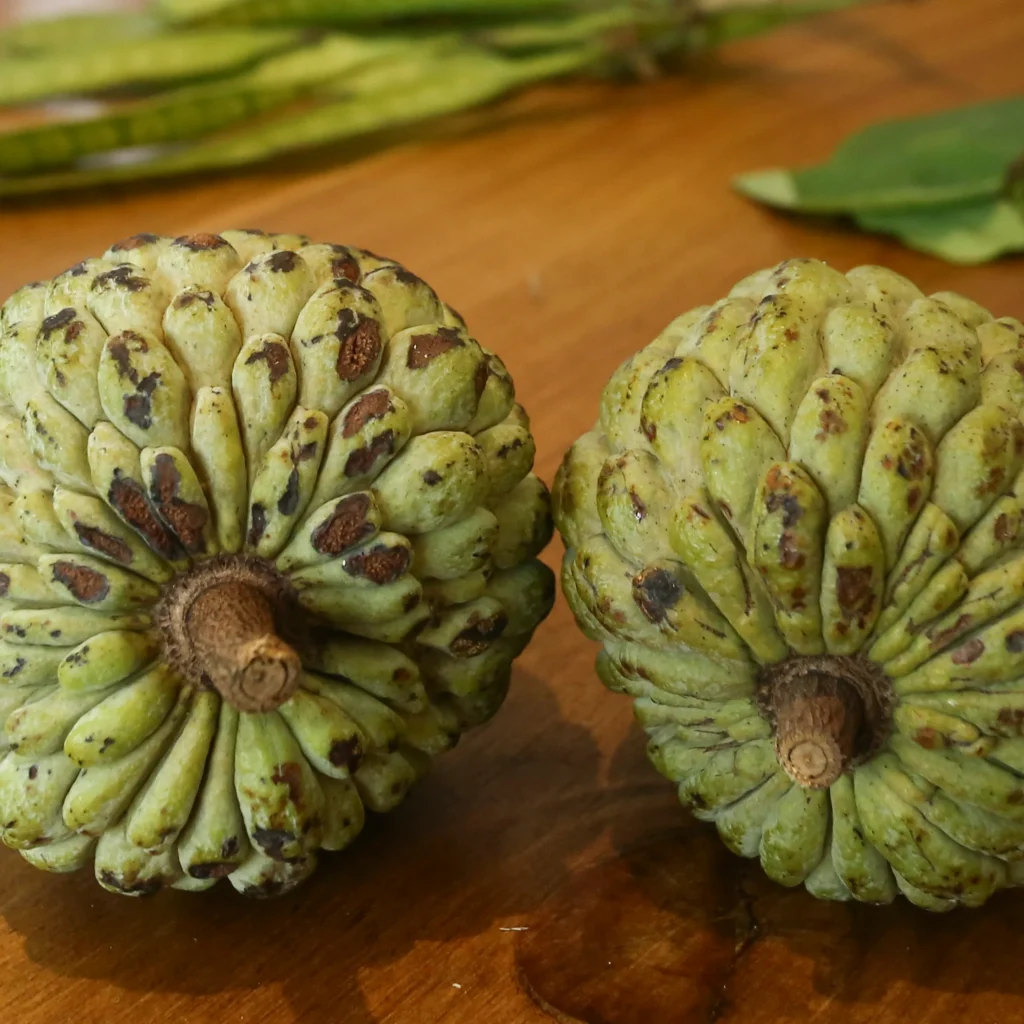
Top Exporter (2024 Data)
Country: Thailand
Export Volume: Over 12,000 metric tons annually
Export Value: $16.5 million USD
Main Markets: China, Hong Kong, Malaysia, Singapore, South Korea
Thailand has become the global leader in custard apple exports. Despite not being the top producer (India holds that position), Thailand has optimized its export capacity with strong supply chain management, farmer training programs, and strict quality controls.
Why Thailand Leads:
- Advanced Post-Harvest Handling: Use of Modified Atmosphere Packaging (MAP), cold storage, and ripeness monitoring systems.
- Regional Proximity: Being close to major Asian markets like China and Hong Kong reduces transportation time and maintains freshness.
- Government Support: The Thai government promotes fruit exports through its Department of Agricultural Extension and funding of GlobalG.A.P.-certified farms.
- Agro-Logistics Hubs: Strategic partnerships with logistics firms ensure rapid air and sea transport of fresh produce.
Key Export Destinations:
- China: The largest buyer, accounting for nearly 60% of Thailand’s custard apple exports.
- Malaysia & Hong Kong: Growing markets due to high demand in Chinese diaspora communities.
- South Korea & Singapore: Known for importing premium-quality exotic fruits.
Other Major Exporters
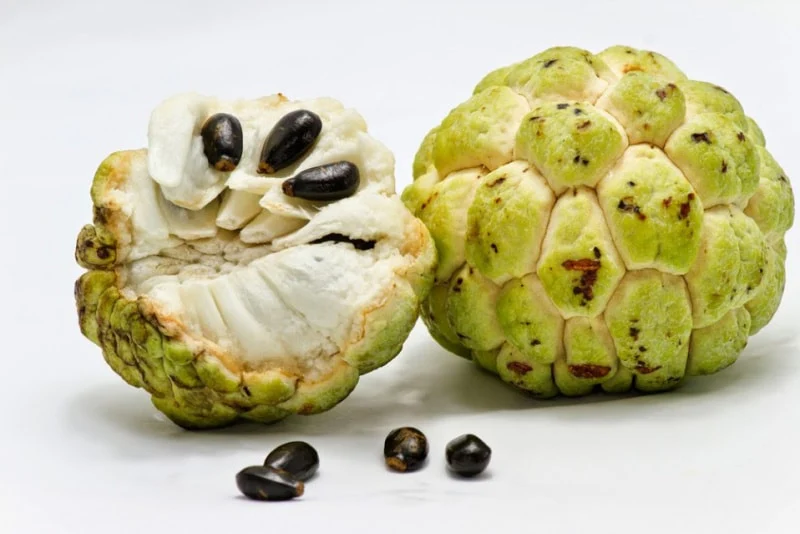
Vietnam – Rising Contender
Annual Export Volume: Approx. 9,000 MT
Export Value: $11 million
Top Markets: China, Japan, South Korea
Vietnam is rapidly catching up with Thailand. The country has seen a boom in custard apple cultivation in provinces like Lang Son and Bac Giang. The Vietnamese government supports smallholder farmers with grants and cold chain support.
Vietnam’s main advantage lies in:
- Its strong bilateral fruit trade agreements with China.
- Growing awareness of food safety standards among farmers.
- Technological investment in farming and processing.
India – The Largest Producer but Limited Exporter
Annual Export Volume: Approx. 6,500–7,000 MT
Export Value: $8 million
Main Destinations: UAE, Qatar, Oman, UK
India is the world’s largest producer of custard apples, especially in Maharashtra, Madhya Pradesh, and Andhra Pradesh. However, most of its yield is consumed domestically due to:
- High local demand.
- Limited post-harvest infrastructure.
- Logistics challenges.
Still, India’s export sector is growing gradually thanks to:
- Frozen pulp exports.
- Rising exports to the Gulf and UK markets.
- The establishment of export-oriented clusters under the Agricultural and Processed Food Products Export Development Authority (APEDA).
Taiwan – Niche High-Quality Exporter
Annual Export Volume: 5,000–5,500 MT
Export Value: $6.2 million
Top Markets: Japan, China, Singapore
Taiwan exports a specific high-end variety of custard apple known as pineapple sugar apple, which is larger, seedless, and highly prized in Asian markets. Taiwan has mastered branding and value addition, marketing custard apples as a premium tropical fruit.
Global Custard Apple Export Ranking (2024)
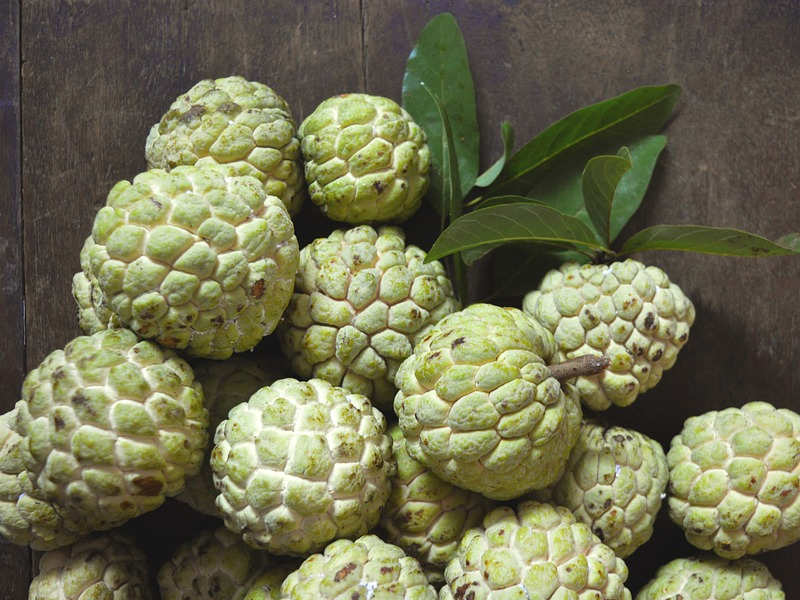
| Rank | Country | Export Volume (MT) | Export Value (USD) | Top Destinations |
|---|---|---|---|---|
| 1 | Thailand | 12,000+ | $16.5 million | China, HK, Malaysia, S. Korea |
| 2 | Vietnam | 9,000 | $11 million | China, Japan, S. Korea |
| 3 | India | 6,500–7,000 | $8 million | UAE, UK, Qatar, Oman |
| 4 | Taiwan | 5,500 | $6.2 million | Japan, Singapore, China |
| 5 | Colombia | 2,500 | $3 million | USA, Spain, Canada |
Key Importing Nations
To understand the strength of these exporting nations, let’s look at the biggest importers and their preferences:
| Country | Import Volume (MT) | Major Suppliers |
|---|---|---|
| China | 15,000+ | Thailand, Vietnam, Taiwan |
| USA | 9,500 | Colombia, Brazil, Mexico |
| Japan | 7,000 | Vietnam, Taiwan |
| UAE | 6,000 | India, Pakistan |
| UK | 4,500 | India, Colombia |
Challenges Facing Exporting Nations
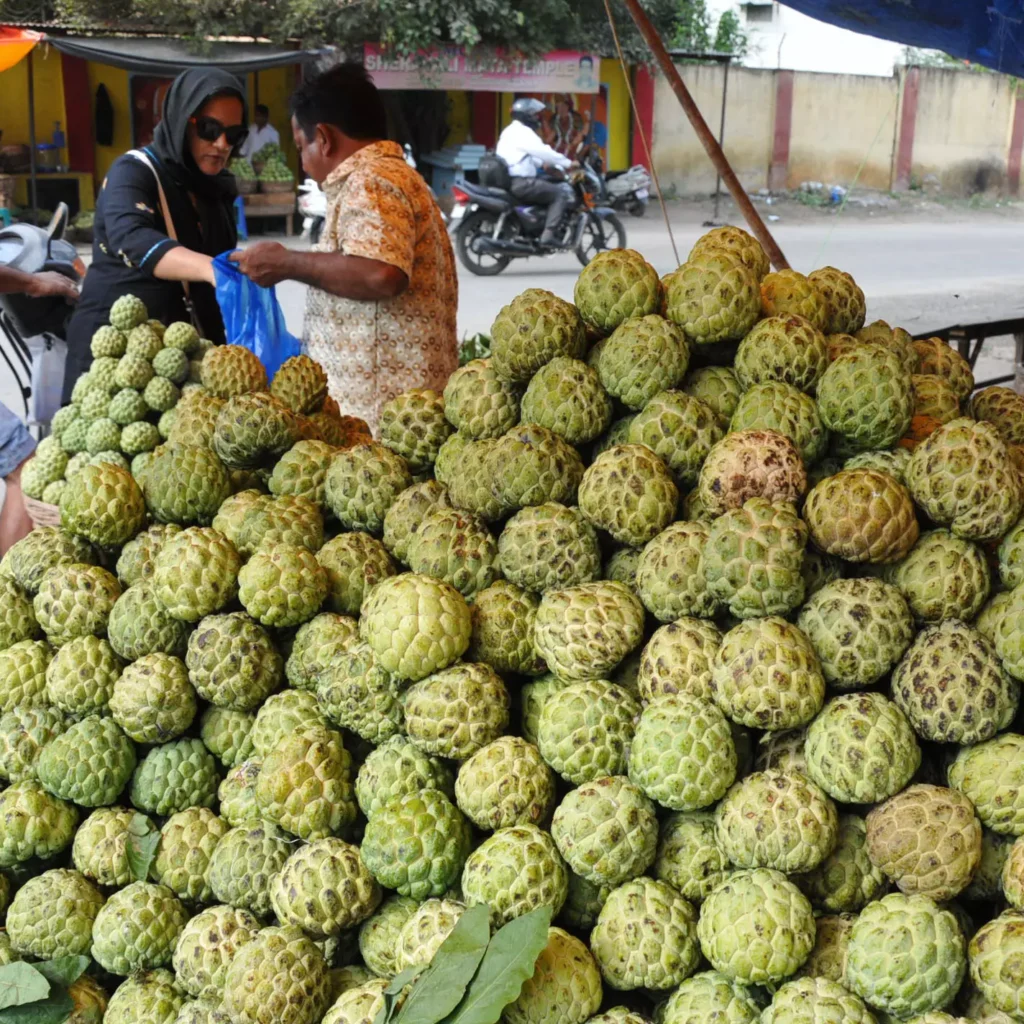
Even leading exporters like Thailand and Vietnam face several obstacles:
Perishability
Custard apples ripen quickly, making them vulnerable during long-distance shipping. Specialized handling is required to extend shelf life.
Pest and Disease Compliance
Stringent phytosanitary requirements in countries like the U.S., Japan, and the EU can limit market access if exporters lack proper pest management systems.
Logistics and Cold Chain Costs
High costs of refrigerated transport and export certification reduce the profit margin for smallholder farmers.
Opportunities and Innovations
Technology Boosts Shelf Life
Use of ethylene inhibitors, MAP packaging, and cold storage systems is increasing shelf life and enabling longer-distance exports.
Market Diversification
Countries like Thailand and Vietnam are expanding beyond China into the Middle East and Europe, reducing dependency on one major market.
Sustainability and Organic Labels
Premium markets are willing to pay more for organically grown, sustainably harvested custard apples. Exporters are increasingly getting certifications like GlobalG.A.P. and USDA Organic.
The Future: Who Will Lead Tomorrow?
Although Thailand currently leads the world in custard apple exports, the future may see fierce competition. Vietnam’s steady rise, India’s immense production potential, and Taiwan’s niche strategies mean the global leadership could shift in the next 5–10 years.
New entrants like Peru, South Africa, and the Philippines are also investing in custard apple cultivation for export purposes.
Conclusion
Thailand stands as the undisputed leader in custard apple exports, thanks to a robust agro-export ecosystem, strategic geographic location, and effective government support. While India leads in production, it is still overcoming challenges in export logistics and infrastructure. Vietnam, Taiwan, and Colombia are gaining traction, carving their own spaces in international markets.
The custard apple export industry is set for growth as exotic fruits become staples in global diets. With investments in quality control, supply chains, and marketing, the competition for the top custard apple exporter will only intensify in the years ahead.
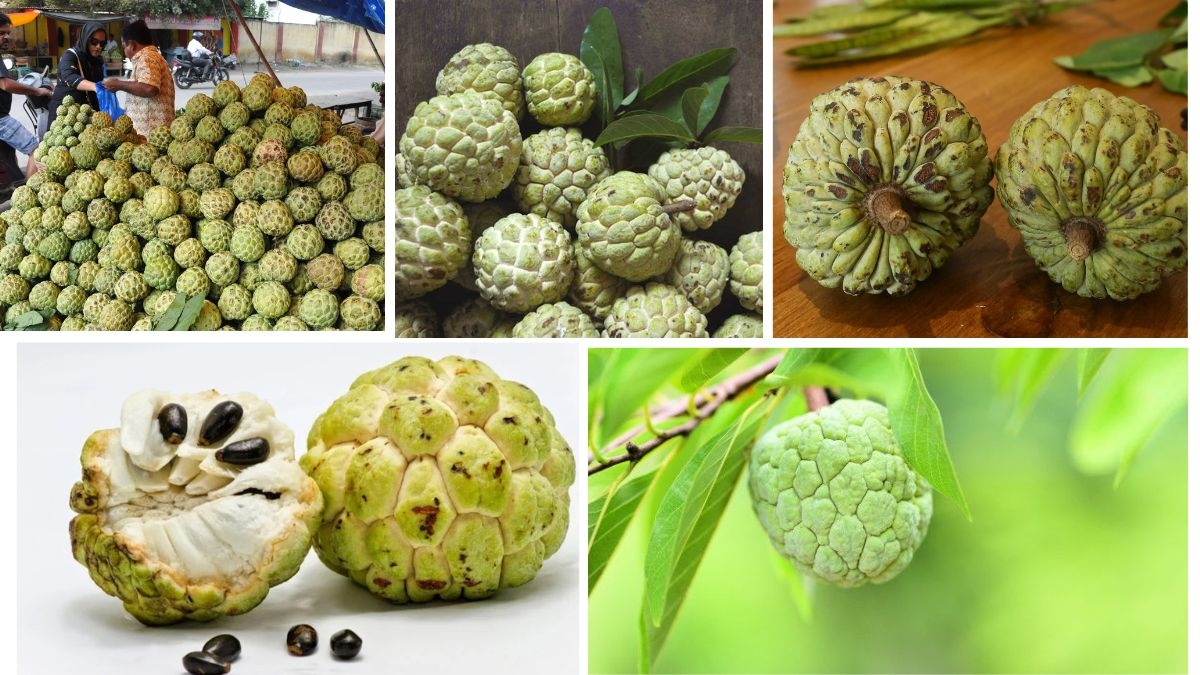

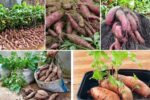


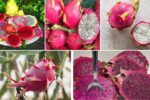
Leave A Comment